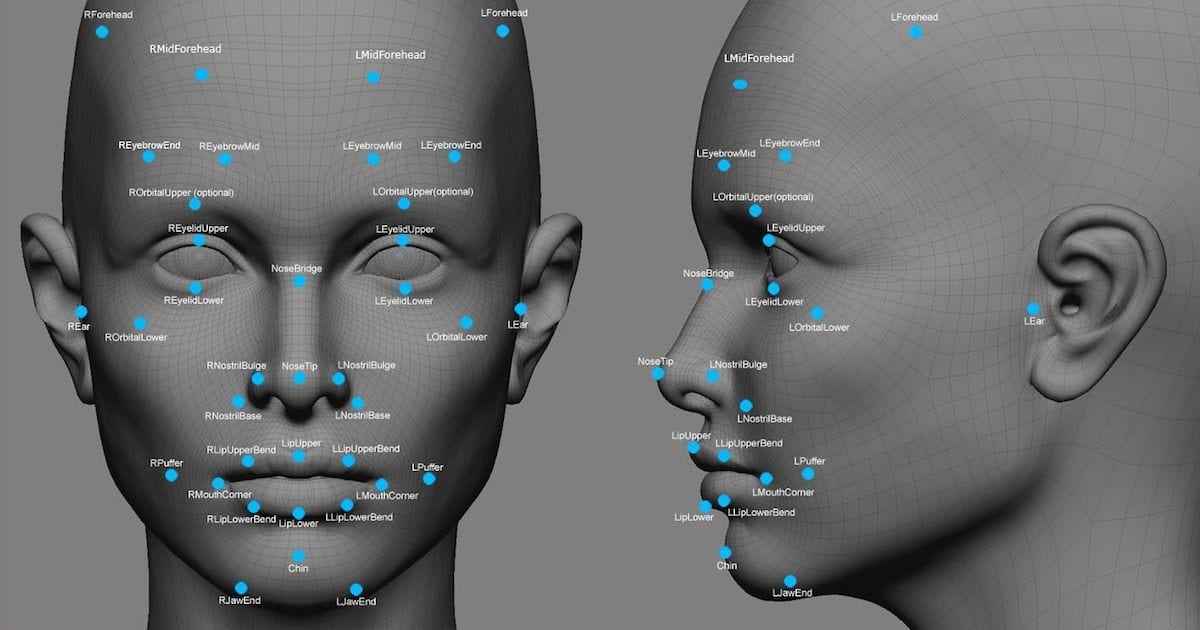It’s that time of year again, when Apple’s stocks are on the rise and so are the new iPhone rumors. One of the most prevalent rumors is that the Touch ID button is going the way of the headphone jack. Analysts and others suggest iris scanning will be in. Still other rumors say a new feature using 3-D laser scanning will enable augmented reality (AR). Based on what Apple CEO Tim Cook has said about AR, though, I suspect the 3-D sensing will actually be used for facial recognition. Let me explain.

What Does Mr. Cook Say About Augmented Reality?
In a recent interview with The Independent, Mr. Cook explained how excited he was about AR. He told The Independent that AR has “resonance,” because it helps individuals be present in the world while still allowing for an improvement on what’s going on around them. Still, Mr. Cook seemed to indicate that the technology behind AR wasn’t quite ready for the iPhone. He said,
I view AR like I view the silicon here in my iPhone, it’s not a product per se, it’s a core technology. But there are things to discover before that technology is good enough for the mainstream.
If AR technology isn’t yet good enough for the mainstream, it seems pretty unlikely that it’s ready for the iPhone 8. So, what would the 3-D sensing technology rumored to be in the next-generation handset be utilized for?
The Patents tell us Even More
Whenever Apple is about to release some sort of new technology into its mobile devices or computers, we tend to see a flurry of patent filings. In addition, we often hear about Apple buying some company that’s already heavily involved in that technology. To this point, though, we haven’t seen Apple file any patents for iris scanning technology. Nor has Cupertino made any investments yet into iris scanning. All we’ve got is a trademark for “Iris Engine,” which is a big part of why folks seem to think an iris scanner will replace Touch ID.
On the other hand, Apple filed a patent application back in 2011 for a facial recognition system that could be used to unlock an encrypted device. We’ve also seen Cupertino invest several years of time and resources into facial recognition. As Apple Buys RealFace, but that Doesn’t Mean We’re Unlocking iPhones with Our Face Yet, Cupertino has purchased at least three companies within the past seven years that were deep in facial recognition technology.
What 3-D Sensing can do for Facial Recognition
To really understand where I’m going here, you need to know what 3-D laser scanning, or 3-D sensing, is able to do. The idea behind 3-D laser scanning is to create a non-contact, non-destructive technology to digitally capture the shape of a physical object. In facial recognition, it would create a digital matrix of points that define what a person’s face looks like. It would enable your phone to remember the shape of your chin more precisely than a photograph can allow for, for example. The texture of your skin could also be captured. So could the unique shapes that make up your forehead, cheeks, and every other part of your face.
This technology could also be used for iris scanning, but it’s overkill. You don’t need 3-D laser scanning for iris recognition. The unique features of the iris can be established with a camera operating in the near-infrared wavelength band.
The Case for Faces Instead of Eyes
Apple already has experience with facial recognition, courtesy of Photos on iOS and macOS. It seems like that technology could be ready for broader use. We’ve also got a patent filing, albeit a six-year-old one. Finally, there’s this 3-D sense technology that will possibly come to play within the iPhone 8. The 3-D sense technology isn’t needed for iris recognition.
Tim Cook has seemed to suggest that AR isn’t ready for mainstream yet. Facial recognition seems to be the most obvious reason for the iPhone 8 to have 3-D sense technology. Only time will tell, of course. We’ll keep digging deep into the rumors that we hear about, and let you know what we think.